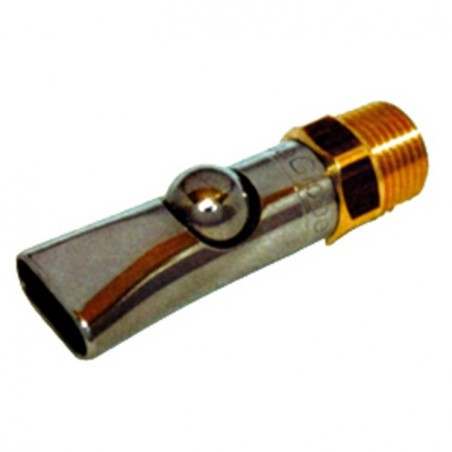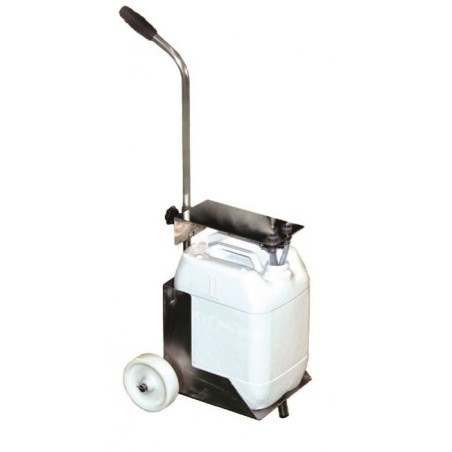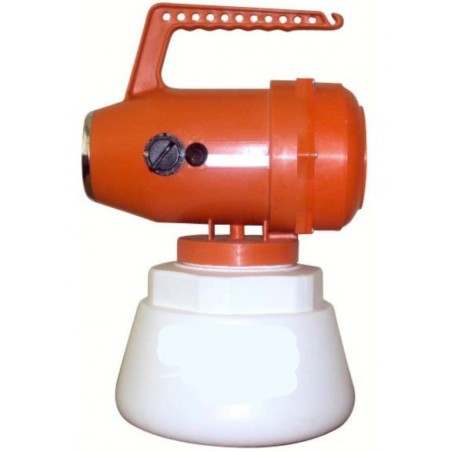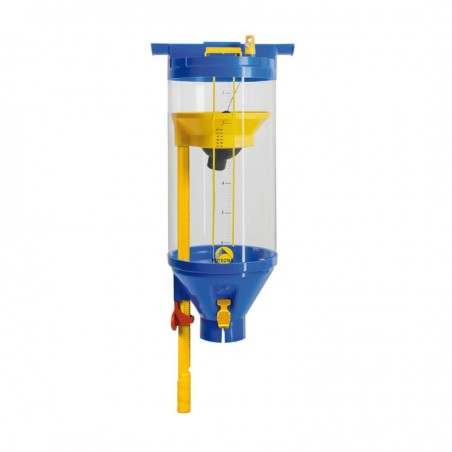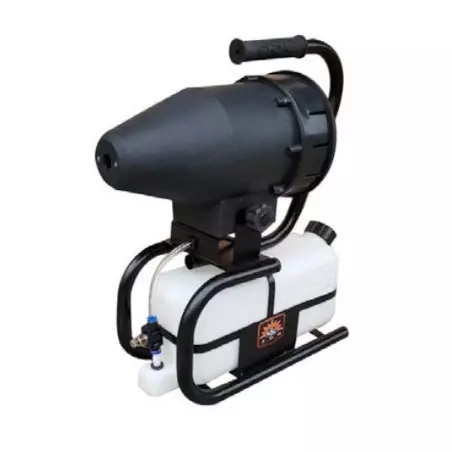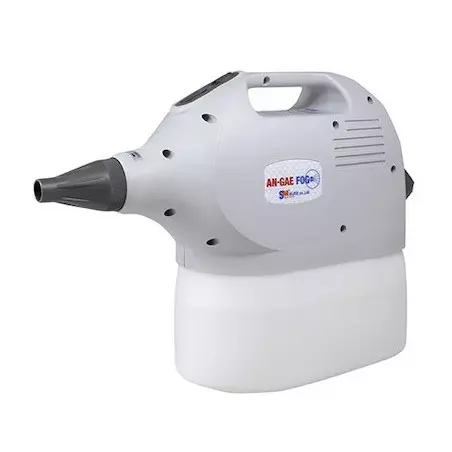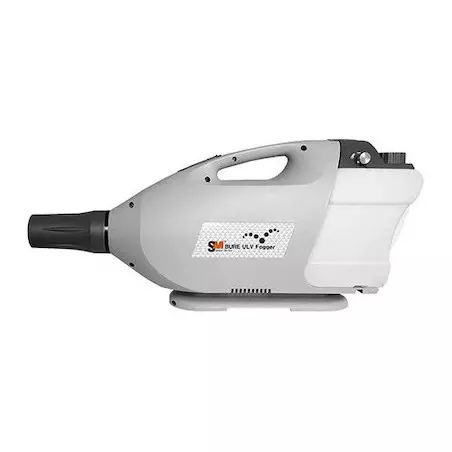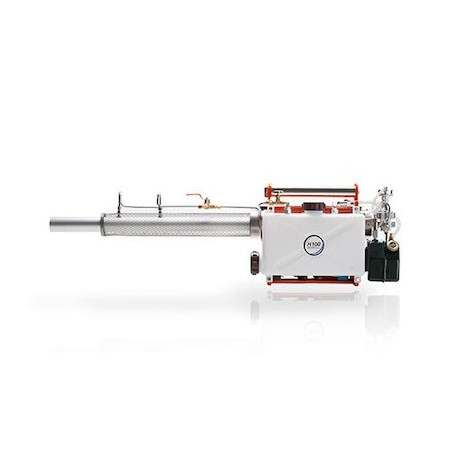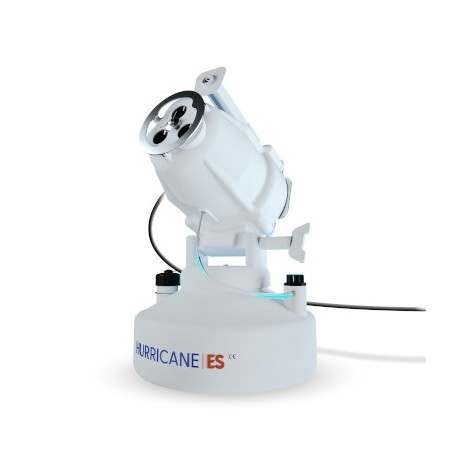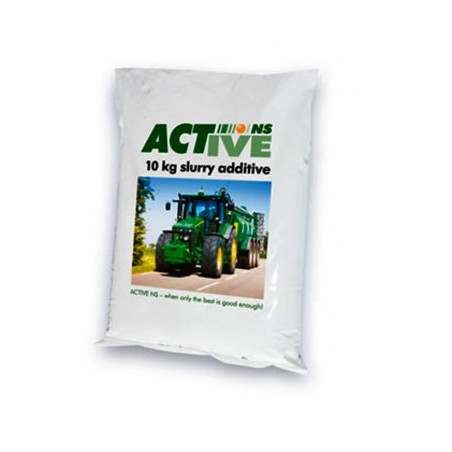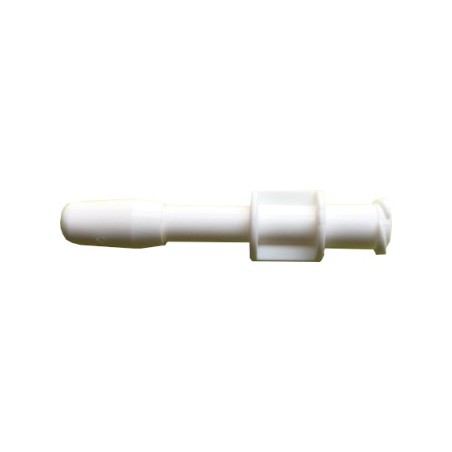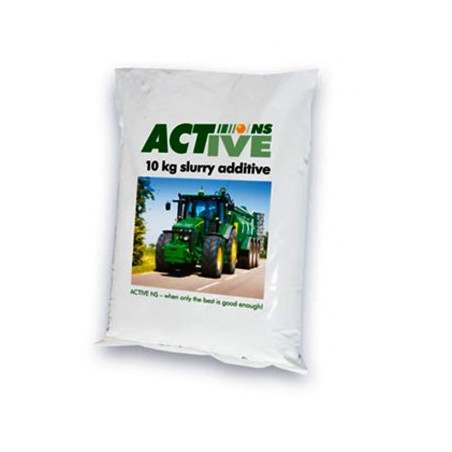Nowadays, livestock production, and literature regarding same, is confronted with a serious lack of information and tools to estimate and compare the real water disappearance (animal intake plus wastage) and manure production at commercial pig farms.
An experiment was conducted over 13 months at 15 commercial growing-finishing pig farms, aiming the determination of water disappearance and manure production, using 3 different types of drinkers [bite-ball nipple (BB), nipple (NI), and bowl (BO)]. Two seasons, with 6928 and 6348 pigs (both: 9 weeks old and 24.5 kg average body weight) were studied considering 2 housing periods (10 and 15 weeks). A total of 55 water meters [one water meter on each water line that supplies the housing building (pigs intake, cooling system and cleaning facilities)] and 15 fiberglass tanks (each 5 m3) were installed at farms to determine the water disappearance and manure production. The BO drinkers were fixed permanently at 0.25 m above the floor while the others were set at 0.05 m above the shoulder height of the smallest pig in the pen. All data were recorded on a daily basis. The Gompertz nonlinear function was applied to the average weekly data to obtain mathematical equations that predict the water disappearance and manure production at growing-finishing farms.

Independently of the drinker type, the water disappearance and manure production for the whole experiment (15 weeks) were 8.83±1.37 and 4.46±0.82 L·pig/d, respectively. The water disappearance of the 2 seasons differed with the average value for the warm being 14% higher (P<0.005). Manure production results were similar: 4.57±0.17 for cold season and 4.35±0.17 L·pig/d for the warm season (P=0.365). The NI drinker presented the lowest average water disappearance for the entire experiment (7.23±0.31 L·pig/d; 15 weeks) and differed significantly (P<0.001) from the BB (~19%) and BO (~16%). The farms with the NI drinker also presented the lowest average manure volumes for the experiment (3.98±0.21 L·pig/d), differing statistically from the BB farms (5.09±0.19 L·pig/d; P<0.002). The mathematical equations obtained by the Gompertz nonlinear function presented R2 values of 0.996 and 0.997 for the water disappearance and manure production, respectively.
The results obtained at the commercial growing-finishing farms show that in uncontrolled conditions (e.g., level of water flow and differing water qualities), the water disappearance and manure production are significantly influenced by the drinker type. The mathematical equations and other results obtained provide very good explanations for water disappearance and manure production profiles.
J.M.R. Tavares, P. Belli Filho, A. Coldebella and P.A.V. Oliveira. The water disappearance and manure production at commercial growing-finishing pig farms. Livestock Science. Articles in Press. DOI: http://dx.doi.org/10.1016/j.livsci.2014.09.006




